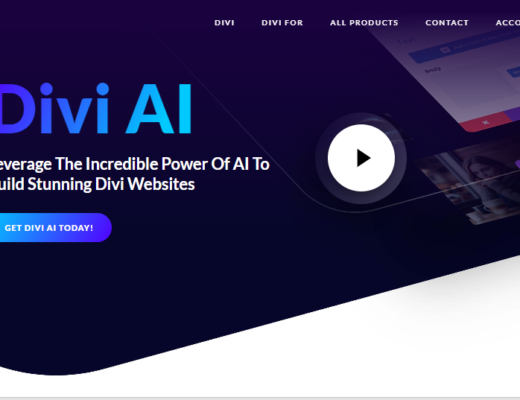Don’t violate SEO rules by conveying the wrong information
Each website has its own unique purpose. It is not fair to lie about the real objective of the website and instead give a realistic description of the website. This is to prevent search engines from penalizing the site because of the wrong message conveyed. Visitors may click on the website thinking it has the intended information, but get disappointed on reaching the site. In order to rank higher, it is not fair to use those malicious techniques.
Don’t use browser-specific functionalities on your website
Browsers vary and some can’t be able to translate certain codes, features, and plugins used in a website. Visitors will be irritated and easily leave the page if the visual is not loading completely. For effectiveness, the website should be browser-friendly on different platforms.
Don’t use Flash Introductions
Flash features make websites load slowly. One may think that it will excite a visitor when he/she visits the website, but in the real sense, no one is willing to wait for two minutes for a page to load.
There are alternatives to flash introductions that include combining JavaScript/html5/CSS3/CSS effects/ jQuery/ bootstrap and many more. Furthermore, the technology world is developing with each passing day, thus different website trends are coming up.
Some other irritating features include having a flash plugin that brings an error in case the user hasn’t installed the plugin.
Don’t write a disorganized code
In website design, clean codes are recommended to enable easy follow-up on a case of adjustments. It is a remarkable practice to have standard codes that are not messy. This is why for coding it is recommended to use code editors such as Notepad ++ that align the codes and use a code validator like an HTML validator to check your code.
Don’t make users struggle to find information.
Users are impatient and can easily leave your website if they can’t find the information they want at first glance. No user is ready to start thinking about where certain information is hidden. The content should be placed in a way that important information can easily be scanned and seen. This will encourage the visitor to want to view other pages without having to struggle.
A visibly placed menu bar, navigation, and content are crucial. This also entails the use of headings and subtitles that give a fast insight into what the website is about. Unnecessary pop-ups are irritating.
Don’t have excessive media, content, and advertisements on your web pages
Excessive images, videos, slideshows, animations, graphics, advertisements, and content on web pages can make it look messy. Visitors will not easily navigate your website and will end up leaving your website disappointed. Don’t make everything on your pages plain images or images with content in them if it doesn’t suit the service being offered. Photography is an exception.
Nowadays, people earn money from advertisements, but it shouldn’t be a reason to have many advertisements on one page. Place moderate advertisements that will blend with the content there.
Don’t use many colors
A simple layout with minimal colors gives a relaxing feeling to a website. The background color or image should match well with the colors chosen. The colors should enable the content written and images used to be easily notable.
Don’t use many font families with varying sizes
Don’t use italics and all caps in writing all words, it becomes difficult to read. The font size should be moderate; not too large and not too small. Moderate the use of font families to at most three per web page. Limit bold, italics, and different font sizes for titles, headings, and subheadings in the content.
Don’t place boxes in an unstructured manner
Don’t put different boxes that make the layout look messy. For effectiveness, minimize the number of boxes you use for the web pages. Design the website in a way that looks pleasant and not just place boxes everywhere.
Don’t write paragraphs that are too long.
Paragraphs should have a few lines because people easily get bored when they see long paragraphs without breaks. If the content is long; try to break it into short paragraphs and in that way, the paragraphs can stand on their own. Furthermore, they can have subheadings to break the monotony of a long text.
Don’t write irrelevant content
The content should be straight to the point and related to what the website is about. A website should have a professional outlook and not a joking outlook. People don’t like to see websites that are unprofessional, especially if they were looking forward to doing business with a particular company. This will easily discourage them and look elsewhere for similar services.
Don’t overwrite the keywords.
Yes, in order to increase search engine ranking it requires the use of keywords for easy visibility, but it shouldn’t be a reason to write the keyword many times. The reader becomes bored, and the search engines can discredit it. In addition, writing should be natural and not forced.
Don’t link web pages themselves.
The link that points to the same page should be omitted, and the site configured in a way that when one is on a current page it is highlighted. This will reduce the possibility of a visitor clicking the same page a couple of times unknowingly.
Check out the Dos in Website Design.
Discover more from Intela Designs
Subscribe to get the latest posts sent to your email.




Like!! Thank you for publishing this awesome article.